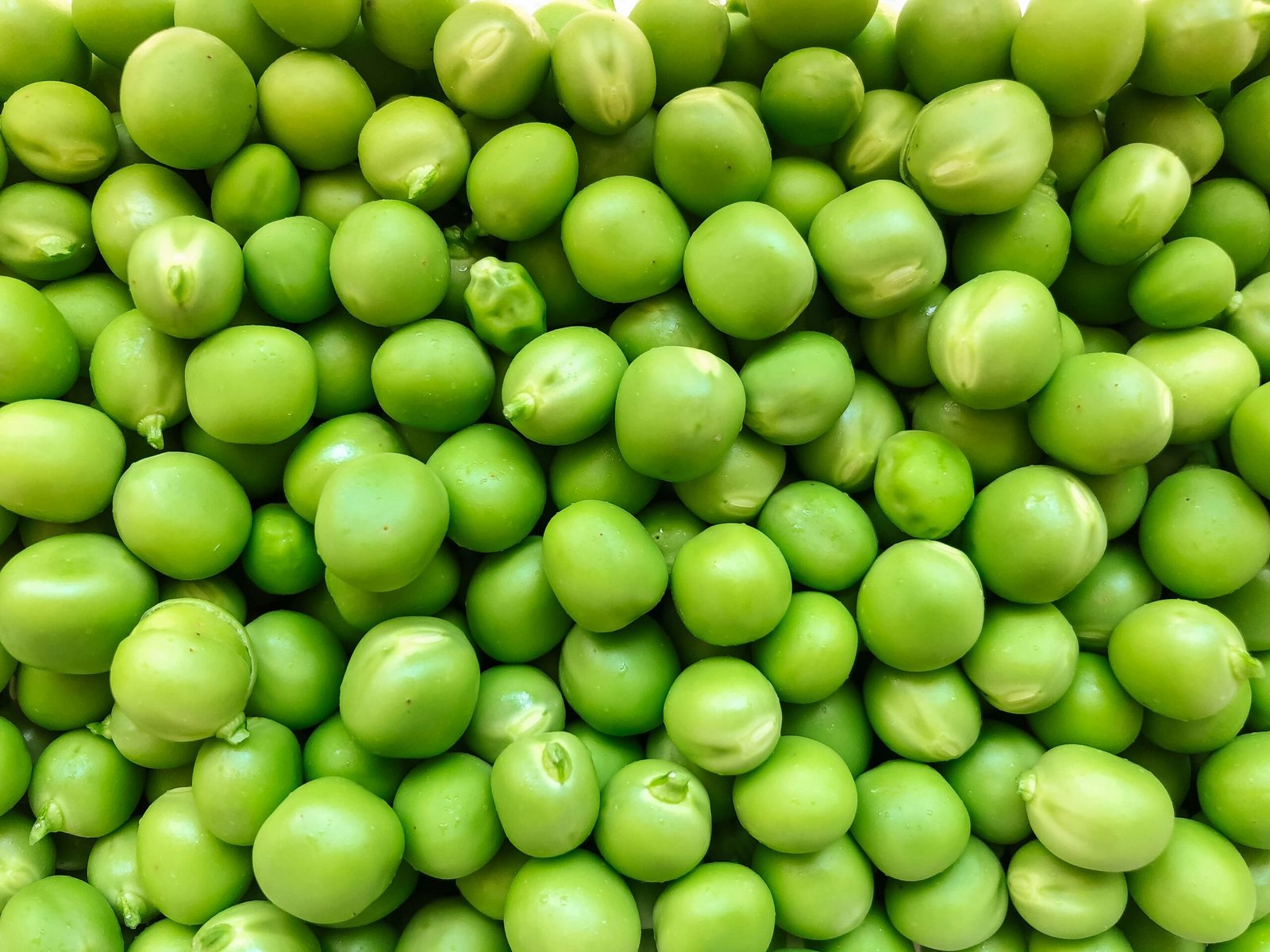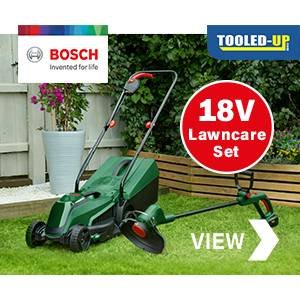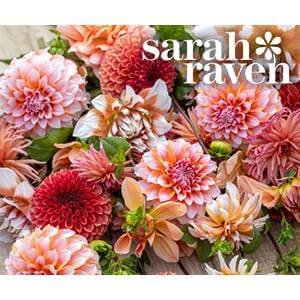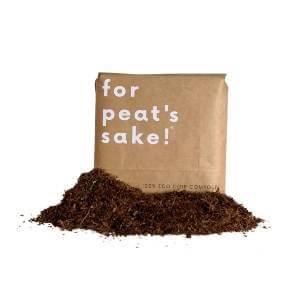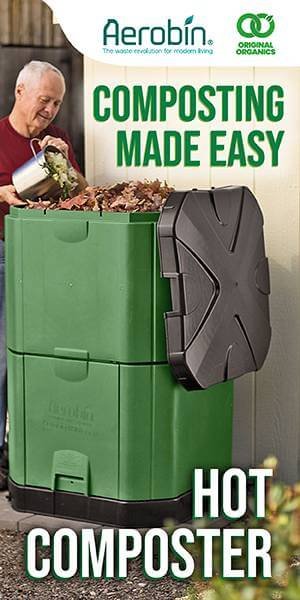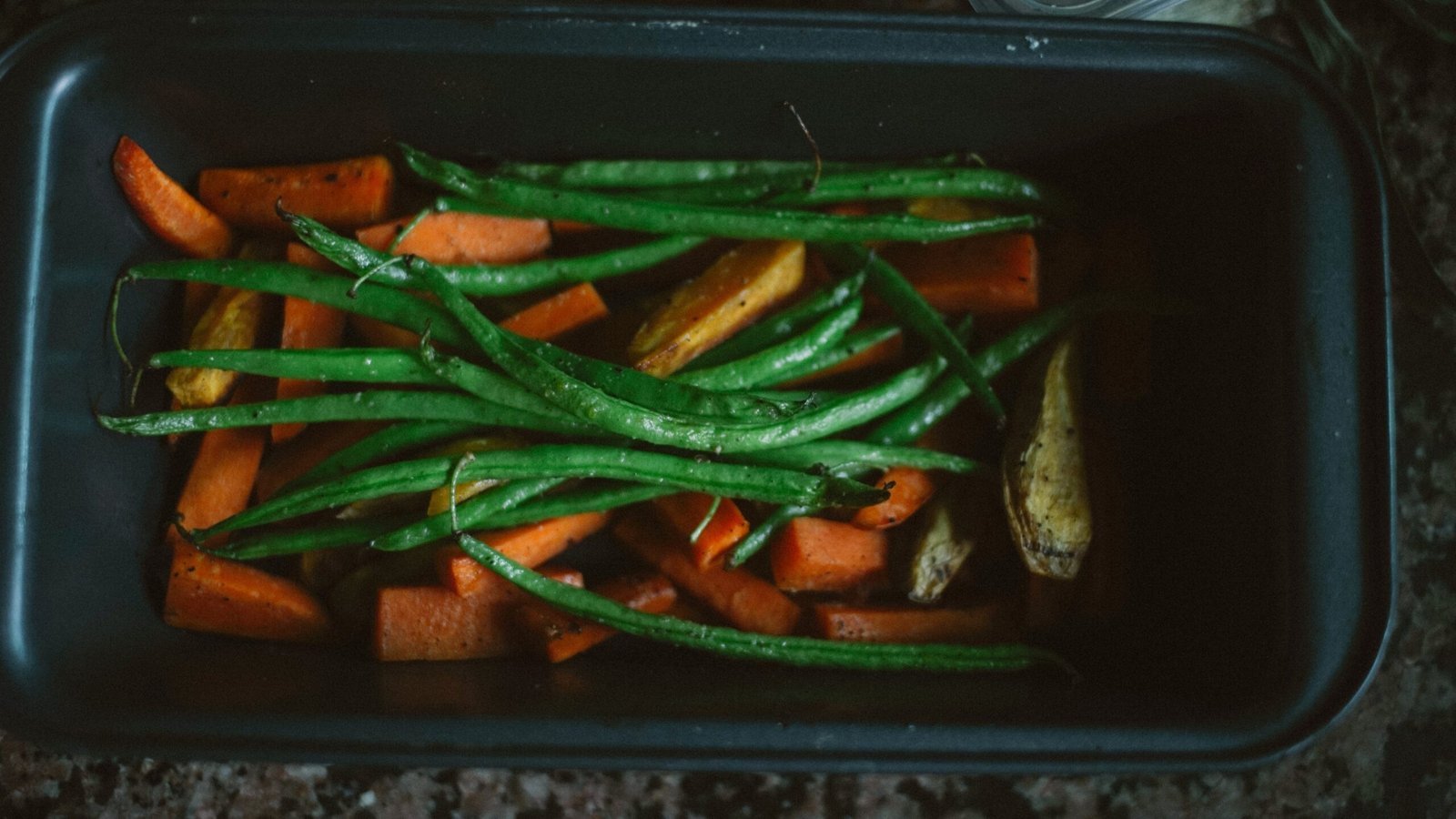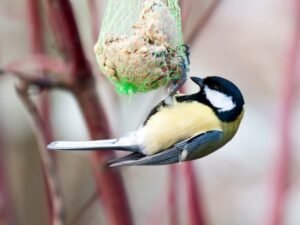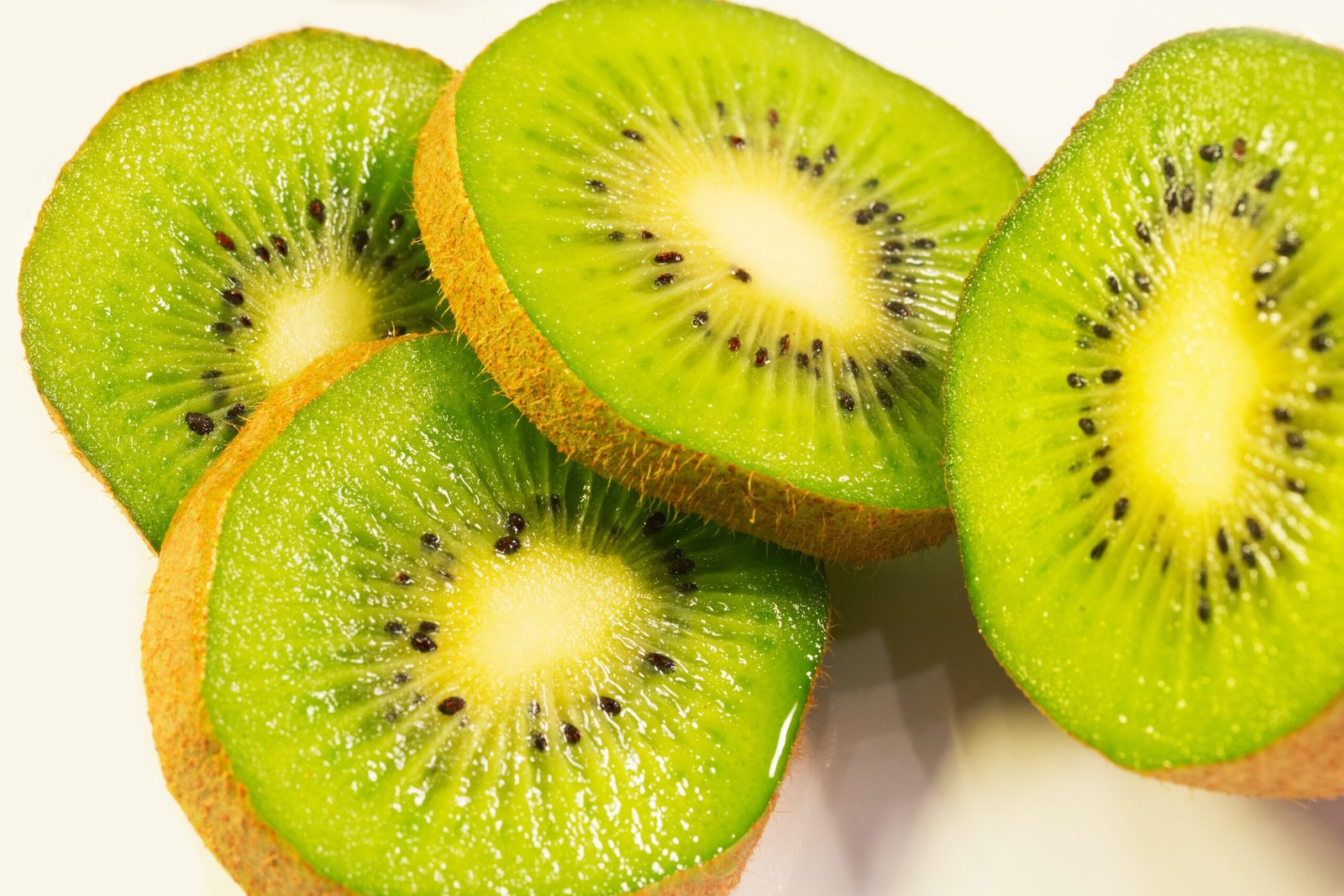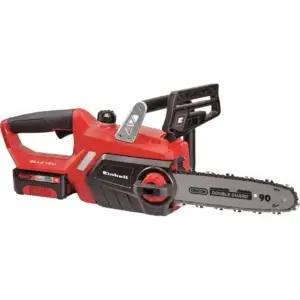Sowing and Planting
When it comes to growing peas, the first step is to decide whether you want to sow them directly into the ground or start them off indoors. If you choose to sow directly, wait until the soil has warmed up in spring. For indoor sowing, start in late winter or early spring.
Prepare the soil by removing any weeds and adding organic matter to improve drainage. Peas prefer a slightly alkaline soil with a pH of around 6.0-7.5.
How to Grow from Seed
Before sowing the seeds, soak them in water overnight to speed up the germination process. Sow the seeds about 2-3 inches apart and cover them with a thin layer of soil. Water gently and keep the soil moist but not waterlogged.
Peas are climbers, so provide support such as trellises or pea netting for them to grow on. As they grow, gently train the tendrils around the support to help them climb.
How to Plant Out
When the seedlings have grown to around 4-6 inches tall and have developed a few sets of leaves, it’s time to plant them out in the garden. Choose a sunny spot with well-drained soil.
Make sure to harden off the seedlings by gradually exposing them to outdoor conditions over a week. Dig a hole large enough to accommodate the root ball and plant the seedling, making sure to firm the soil around it. Water thoroughly after planting.
How to Harvest
Harvesting peas is a rewarding experience. Regularly check the plants for pods that are plump and firm. Harvesting at the right time is crucial to ensure the best flavor and texture.
To harvest, hold the stem with one hand and gently pull the pod with the other. Avoid pulling too hard, as this may damage the plant. Harvesting regularly will encourage the plant to produce more pods.
How to Store
Peas are best enjoyed fresh, but if you have a surplus, you can store them for later use. After harvesting, shell the peas and blanch them in boiling water for a few minutes. Then, transfer them to an ice bath to stop the cooking process.
Once cooled, drain the peas and pack them into airtight containers or freezer bags. Label them with the date and store them in the freezer. They will stay fresh for up to 6 months.
Problems in Growing Peas: Pests and Diseases
While growing peas can be relatively trouble-free, there are a few pests and diseases to be aware of. Aphids, slugs, and birds are common pests that can damage your plants. To protect against aphids, spray with a mixture of water and mild soap. For slugs, use organic slug pellets or create barriers around the plants.
Peas are also susceptible to diseases such as powdery mildew and root rot. To prevent these, ensure good air circulation around the plants and avoid overwatering. Crop rotation and proper plant spacing can also help prevent disease.
Where to Buy
You can purchase pea seeds from various sources, including garden centers, online seed suppliers, and even local farmers’ markets. Look for reputable suppliers that offer a wide selection of pea varieties suitable for your region.
Best Varieties to Grow and Why
When choosing which pea varieties to grow, consider factors such as taste, yield, and disease resistance. Some popular varieties for the UK include ‘Kelvedon Wonder,’ known for its sweet flavor and early maturity, and ‘Meteor,’ a reliable and high-yielding variety.
Tools You’ll Need
Growing peas doesn’t require many specialized tools. Here are a few essentials:
- Garden trowel for planting
- Garden fork for soil preparation
- Trellises or pea netting for support
- Watering can or hose for irrigation
- Secateurs for harvesting
Frequently Asked Questions
Q: Can I grow peas in containers?
A: Yes, peas can be grown in containers as long as the container is deep enough to accommodate their roots. Choose dwarf or bush varieties for container gardening.
Q: How long does it take for peas to mature?
A: The time it takes for peas to mature varies depending on the variety, but most peas are ready for harvest within 60-70 days after sowing.
Q: Can I save pea seeds for the next season?
A: Yes, you can save pea seeds for the next season. Allow some pods to fully mature and dry on the plant. Once dry, remove the peas from the pods and store them in a cool, dry place.
Q: Can I grow peas in a shady spot?
A: Peas prefer full sun but can tolerate some shade. However, they may produce fewer pods and have slower growth in shady conditions.
Q: Do peas require a lot of water?
A: Peas require regular watering, especially during dry spells. Keep the soil consistently moist, but avoid overwatering, as it can lead to root rot.
Now that you have a step-by-step guide on how to grow edible peas in the UK, it’s time to get your hands dirty and enjoy the satisfaction of harvesting your own delicious peas!

